What’s so special about designers?
The Design Business Association (DBA) here in the UK tweeted: “If #designthinking is reduced to just a process then anyone can learn to do it – who needs designers?”
Various replies touched on the ‘expertise’ of designers, the ‘creativity’ and ‘intuition’, the years of ‘practice’ and ‘mastery’ they provide. These all pointed toward the idea that there is something special that designers add. Not just anyone can look at design thinking methods or processes and be able to make them work.
The replies came back: “what is mastery?”, “what constitutes expertise?” and “how much practice is required?”. All good questions, so here’s a short gathering of some potential answers:
In terms of ‘what makes an expert’, the 10,000-hours concept can be traced back to a 1993 paper written by Anders Ericsson. He concluded that "many characteristics once believed to reflect innate talent are actually the result of intense practice extended for a minimum of 10 years". It was Malcolm Gladwell's popular book, Outliers, that was responsible for introducing "the 10,000-hour rule" to a mass audience. However, it can be argued that naturally talented people practice more and try harder at the thing they're already good at - because they enjoy it.
In terms of intuition, this plays a surprisingly strong role in decision-making. Having intuition is about being open to what your own mind (including your subconscious) is telling you, often through a sense or feeling about whether something is right or not. At other times, intuition can provide the seed of a great idea. Intuition helps us draw connections and see patterns across diverse inputs without doing the conscious analysis. But this only works when we gather significant amounts of relevant information for the subconscious mind to work with. Intuitive ideas don’t just come from nothing and are not just creative guesses. They are dependent on our brains having either a great depth or great breadth of background information to draw on.
Drive, Dan Pink’s book on motivation, includes ‘mastery’ as one of the three elements to feeling satisfied and connected to what we do in life. In this case, mastery is “the urge to get better and better at something that matters”. Although Pink also refers to the hours of practice and the determination or ‘grit’ to keep going, he also refers to a mindset. In a ‘fixed mindset’, people believe their intelligence or talents are fixed traits. They also believe that talent alone creates success. In a ‘growth mindset’, people believe that their basic abilities can be developed. This view creates a love of learning and a resilience that is essential for great accomplishment.
And on creativity, it would be wrong not to refer to Edward de Bono: “Instant judgment is the enemy of creativity. Judgment will force us back to our present position. Children are often creative. Innocence can be creative. Ignorance can be creative. If you do not know the usual approach to a problem, you can more easily come up with a fresh approach.”
But creativity, mastery, expertise or intuition are not exclusively owned by designers, so how do we relate these things back to what designers add? For me, designers add many different things. Firstly, most of them come with some years of design training, so the dedicated graduates are already along that road to their 10,000 hours in their chosen subject. In different disciplines, designers continue to become more practiced at what they do, whether that builds expertise in product design, interiors, packaging, digital, illustration, service design, branding, graphics or any number of deeper specialisms.
By the nature of how the design industry works, what designers then add is that outside perspective and that breadth of knowledge that comes with working on a variety of different projects. So designers are better placed to bring creativity and intuition. At the same time, designers develop related expertise in handling clients and dealing with the inevitable peaks and troughs of creative projects. And good designers do have that ‘growth mindset’ to keep learning (which is why they often relish a new challenge) and the ‘grit’ to keep going - which produces individual designers that develop a solo career or an agency that expands and grows a wider team.
All these things come together when designers are commissioned. As I have said many times to prospective clients “don’t hire a designer because they can operate a Mac, hire them for their brains and experience – their ability to apply that for your benefit.” But it can be difficult to explain what designers add. People tend to focus on ‘what’ gets designed rather than knowing ‘how’ designers work in terms of design thinking or design process. But when the right designers are commissioned, I see clients get far more than they ever expected.

